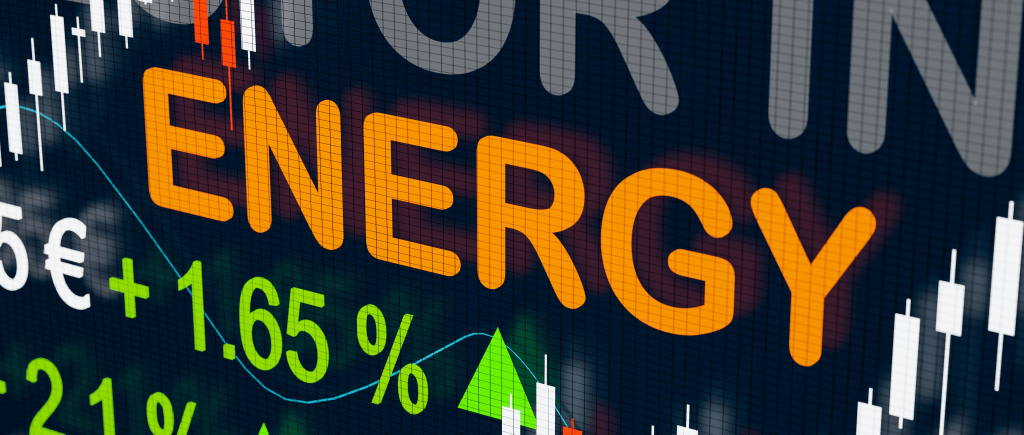The global oil market is caught in a fascinating tug-of-war, with powerful, opposing forces dictating price action. On one side, fundamental supply concerns signal an imminent glut, while on the other, relentless geopolitical friction provides an ever-present, volatile floor. This dynamic tension, visible in the mixed price signals of recent trading, requires investors to look past the daily fluctuations and focus on the deep-seated structural contradictions that are set to define the market’s trajectory.
Siren Song of Oversupply: Why Bears are Betting Big
The most compelling argument for sustained oil price weakness lies in the clear and present danger of oversupply. The Organization of the Petroleum Exporting Countries and its allies (OPEC+) have made their position known. After a final, modest increase in production for December, the group has agreed to pause any further production hikes in the first quarter of 2026. This pause, officially attributed to seasonal demand weakness, is widely interpreted as an acknowledgment of the growing global surplus that is expected. The IEA has also forecasted a record global oil surplus in 2026.
Reinforcing this bearish outlook is the recent action by Saudi Aramco to cut its official selling price for crude delivered to Asia to an 11-month low. As the world’s largest oil exporter, this move signals a competitive response to what it perceives as softer regional demand. Furthermore, the persistent robustness of U.S. crude production, which recently reached a record high, continues to pump barrels into an already saturated market. This collective supply response paints a picture of a market structurally weighted towards the downside.
Geopolitical Impact: How Conflict Is Changing the Calculus
Despite the bearish fundamentals of supply and demand, geopolitical risks consistently prevent a complete collapse in prices. The conflict in Eastern Europe continues to have a tangible impact on physical supply. Ukrainian attacks on Russian refineries have successfully disrupted a significant portion of Russia’s refining capacity, curbing its ability to process and export fuel. This forced reduction in Russian supply acts as an inadvertent, and highly unstable, brake on global inventory builds.
Meanwhile, the economic health of the world’s largest consumers presents a conflicting demand narrative. Supporting prices is the strength of Chinese crude imports, which are up year-over-year. China, the world’s second-largest crude consumer, has shown a continued appetite. Countering this optimism, however, is waning confidence in key Western economies, evidenced by the slide in U.S. consumer sentiment to a multi-year low. Concerns over economic slowing translate directly into fears of reduced energy consumption, keeping a lid on demand-side exuberance. The recent agreement on a ceasefire between Israel and Hamas also briefly cooled tensions, reducing the chances of a major regional supply disruption and weighing on prices.
Contradictions In Context
The market is clearly polarized: the fundamental data screams “oversupply,” yet the geopolitical landscape whispers “disruption.” The latest action by OPEC+ to halt its output increases in early 2026 suggests that the major producers are prioritising price stability over market share in the face of a predicted global glut. However, as long as flashpoints persist—from tensions in Latin America to ongoing military actions in Eastern Europe—the risk premium embedded in oil prices will remain. This premium is the ghost in the machine, acting as a buffer against otherwise overwhelming bearish forces.
The present environment demands a reasonable level of caution from all market participants. With official statements and market actions pointing toward a potential surplus, but with physical disruptions remaining a powerful factor, it is imperative to keep fully informed on both the evolving geopolitical situation and the shifting supply-demand metrics. Ignoring either factor risks misreading the market’s direction entirely. The true challenge for the oil market is whether the structural surplus can overcome the immediate, visceral fear of sudden supply loss.

 Noor Trends News, Technical Analysis, Educational Tools and Recommendations
Noor Trends News, Technical Analysis, Educational Tools and Recommendations




